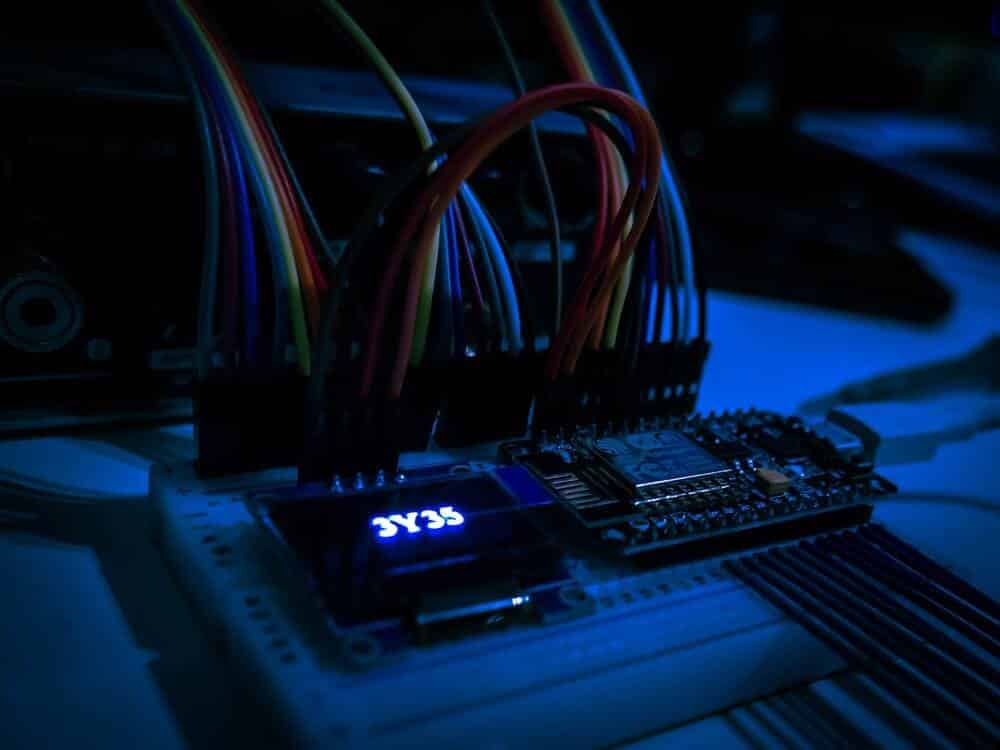In this article we will explain what LTE-M is, how it works and why IoT devices can benefit from LTE technology in 2022. After reading this article you will understand the difference between LTE, LTE-M and why LTE-M is more powerful than NB-IoT.
Discover competitive LTE-M plans and coverage in your area and find out how it can help grow your IoT business.
What does LTE-M stand for?
LTE-M stands for Long Term Evolution Machine Type Communication. Unlike the popular 4G-LTE mobile networks that people use all over the world. It was specifically designed for IoT devices and machine to machine (M2M) communication.
New to the term LTE-M? Learn more about the importance of global internet access and a global connection for M2M-IoT solutions.
How does LTE-M work?
LTE machine type communication is an IP-based technology that uses a different broadcasting technology than 4G-LTE, making it more energy efficient.
LTE-M IoT installations consume extraordinarily little power while still being able to communicate, synchronize and share lots of data with other IoT networks.
Thanks to LTE-M the IoT devices can stay idle in remote locations. They can efficiently run on small batteries even up to a decade.

What is the difference between LTE and LTE-M?
We now understand that LTE-M was specifically designed for IoT devices, but what are some of the other differences with LTE?
One of the most significant differences is battery life. LTE-M IoT devices can operate on a single battery for up to 10 years, because of their unique low energy battery saving mode.
Although traditional LTE devices are known for their large bandwidth capabilities, LTE-M still allows for far more data to be transmitted. Especially when comparing LTE-M to 2G and 3G UMTS networks.
Another important reason LTE-M is suitable for remote IoT devices, is that it can be used to transmit data over a much longer distance compared to LTE.
LTE-M vs. NB-IoT
If LTE-M was designed for machine to machine (M2M) IoT, what are then the differences and similarities if you compare LTE-M vs. NB-IoT?
Narrowband IoT was also designed specifically for IoT devices that must be as energy efficient as possible. NB-IoT, like LTE-M, also enables IoT devices to transmit larger amounts of data over a longer distance from remote locations.
One difference between LTE-M and NB-IoT is that LTE-M technology allows for larger amounts of data to be sent with less delay. Or also known as latency.
In more densely populated areas and cities, due to network architecture of the mobile operators, NB-IoT may have better coverage in cities. LTE-M may then be more effective compared to NB-IoT in remote areas.

LTE-M coverage in your area
Are you planning to implement an IoT strategy and want to know what the LTE-M coverage is in your area? Contact the IoT solutions specialists from Weconnect and discover the best worldwide data roaming and IoT SIM cards for 2022.
Weconnect is an experienced integrated virtual mobile network operator with industry specific IoT solutions. View our satisfied customer use-case stories and contact our consultant, to learn what LTE-M can do for your IoT business in 2022.

